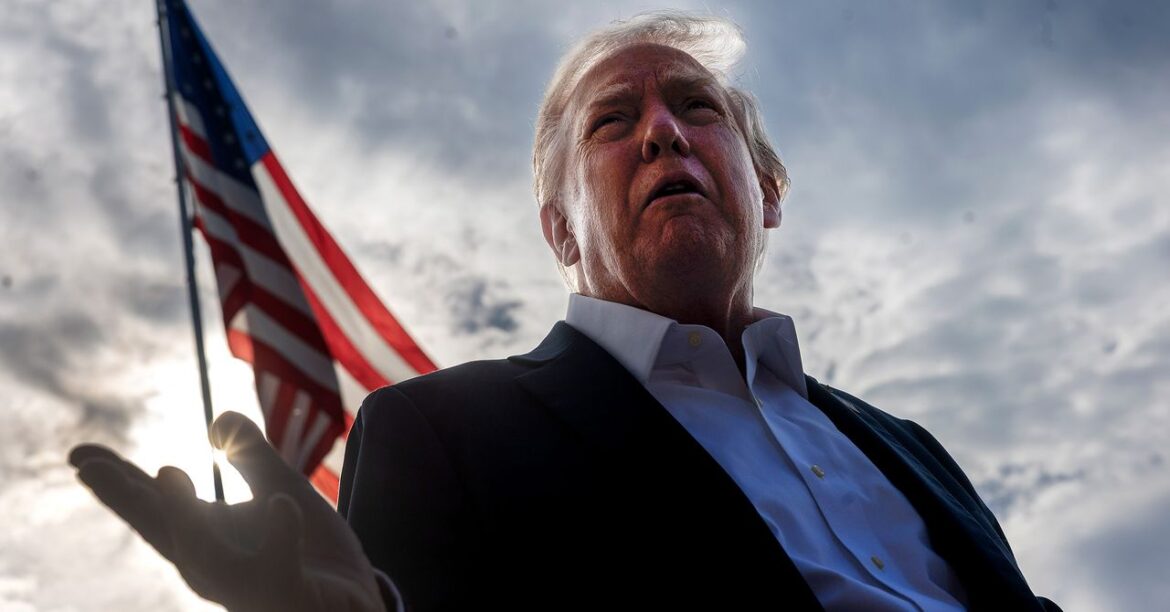Coinbase (COIN) said on Friday it has applied for a national trust charter with the U.S. Office of the Comptroller of the Currency (OCC), a move that would put the firm under federal regulatory oversight if approved.
The charter would allow Coinbase to build on its existing custody business by offering services such as payments and settlement, without seeking a charter as a full-service bank.
“Coinbase has no intention of becoming a bank,” Greg Tusar, vice president of institutional product at Coinbase, said in a blog post. “It is our firm belief that clear rules and the trust of our regulators and customers enable Coinbase to confidently innovate while ensuring proper oversight and security.”
Today, the U.S. crypto exchange’s main regulated custody service is run through Coinbase Custody Trust Company (CCTC), which is licensed under New York state’s BitLicense regime. That framework, introduced in 2015, was one of the earliest state-level regulatory models for crypto in the U.S.
A federal trust charter would give the company more flexibility to launch new financial services such as crypto payments without needing state-by-state approvals.
Coinbase’s move follows a slew of crypto companies, including Circle, Ripple and Paxos, applying for federal supervision this year.
Read More: U.S. SEC Takes Preliminary Step to Expand Universe of Crypto Custody to State Trusts










